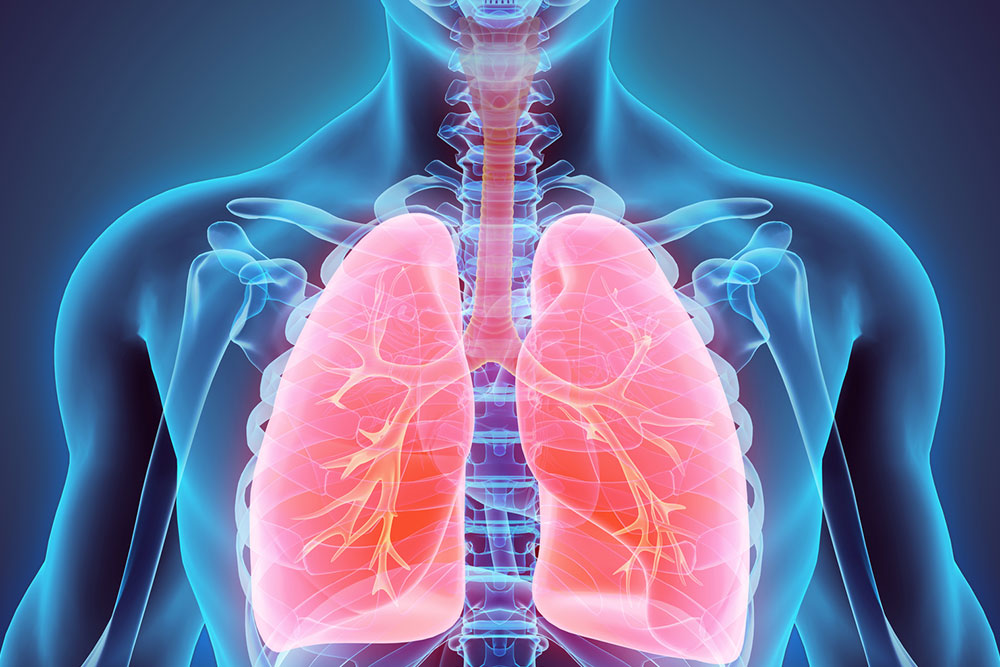The Comprehensive Impact of Tobacco Use on Human Health and Well-being
This comprehensive article explores the extensive health risks associated with tobacco use, including its impact on heart, lungs, skin, and other organs. It highlights the dangers of chemicals in cigarettes, the diseases linked to smoking, and emphasizes the importance of quitting for enhancing overall health and prolonging life. Understanding these risks encourages smokers to seek cessation and adopt healthier lifestyles to prevent severe illnesses.

The Comprehensive Impact of Tobacco Use on Human Health and Well-being
Tobacco use remains one of the world’s most significant public health challenges, contributing to millions of preventable deaths annually. Whether consumed through cigarettes, cigars, pipes, or hookahs, tobacco introduces a myriad of harmful chemicals into the human body, posing serious health risks across multiple organ systems. Despite widespread awareness of its dangers, tobacco addiction persists because of its highly addictive properties, chiefly due to the presence of nicotine. This article provides an in-depth analysis of the health consequences associated with tobacco consumption, highlighting the chemical components involved, the short-term and long-term health effects, and reasons why cessation can dramatically improve an individual’s quality of life and longevity.
Comprehensive research conducted by health authorities, including the American Lung Association and World Health Organization, reveals that tobacco products contain thousands of chemicals. Specifically, a standard cigarette combustion releases nearly 7,000 chemicals, many of which are known to be toxic or carcinogenic. Among these, nicotine is particularly notable for its addictive potential, while tar, carbon monoxide, and acetone contribute to physiological damage. The cumulative impact of these substances manifests in elevated risks for a multitude of serious diseases, including various forms of cancer, cardiovascular disorders, respiratory illnesses, and metabolic syndromes.
In many nations, epidemiological studies illustrate a stark correlation between long-term tobacco use and increased mortality rates. For instance, mortality among chronic smokers can be almost three times higher than among non-smokers and even surpassing other major causes of death combined. The damage from smoking is not confined solely to the lungs; it infiltrates nearly every organ system, leading to pervasive health problems that diminish quality of life and incur significant healthcare costs. Understanding the complexity of tobacco's harmful effects is crucial for public health initiatives aimed at reducing smoking prevalence and promoting cessation.
health risks of tobacco use: an extensive overview
Impact on the cardiovascular system: Nicotine’s vasoconstrictive properties cause blood vessels to narrow, which increases blood pressure and reduces blood flow. Persistent constriction contributes to atherosclerosis, increasing the risk of coronary artery disease, stroke, peripheral artery disease, and blood clots. Over time, these factors can lead to heart attacks and other life-threatening conditions. The strain on the cardiovascular system is compounded by the presence of chemicals like carbon monoxide, which reduces oxygen transport in the blood.
Respiratory system deterioration: The adverse effects of smoking on the lungs are profound. The inhalation of tar and other chemicals destroys cilia and lung tissue, leading to diminished lung capacity. Conditions such as chronic bronchitis, emphysema, and lung cancer are common among long-term smokers. Smokers often experience coughing, wheezing, and shortness of breath. Quitting smoking can lead to improvements in lung function, although some damage may be irreversible. During the recovery phase, individuals might face temporary breathing difficulties, but cessation remains vital for long-term respiratory health.
Effects on skin, hair, and nails: Tobacco smoke accelerates skin aging, causes wrinkles, and increases the risk of skin cancers such as squamous cell carcinoma. Long-term exposure also leads to hair thinning, graying at an early age, and fungal infections affecting the nails due to reduced circulation and immune suppression caused by smoking. These cosmetic and dermatological issues are observable signs of systemic damage resulting from tobacco use.
Disruption of digestive health: Nicotine affects insulin sensitivity and metabolism, heightening the risk of developing insulin resistance and type 2 diabetes. Smokers are also more prone to pancreatic cancer and gastrointestinal cancers. The harmful chemicals alter the normal functioning of the digestive system, leading to issues such as acid reflux, ulcers, and other chronic gastrointestinal conditions.
Why tobacco is so damaging: The addictive nature of nicotine ensures continued use, often leading to heavy dependency. Initially, smokers may experience symptoms like nausea, dizziness, or headaches, but over time, these are replaced by cravings and dependency. Long-term smoking causes persistent coughs, reduces reproductive health in women and men, impairs immune function, and increases the risk of various cancers. Quitting smoking can greatly reduce these risks and promote overall health.
Major diseases associated with tobacco: Cancer remains the primary concern with tobacco use. Lung cancer tops the list, driven by carcinogens in cigarette smoke. Additionally, cancers of the mouth, throat, esophagus, pancreas, kidney, and bladder are also linked to smoking. Beyond cancer, chronic obstructive pulmonary disease (COPD), heart disease, stroke, and metabolic disorders are prevalent among smokers. Public health experts strongly advocate for smoking cessation programs to mitigate these risks and improve population health outcomes.
In conclusion, tobacco consumption is a significant modifiable risk factor for numerous life-threatening diseases. The chemicals in tobacco products cause irreversible damage to vital organs and systems, leading to decreased lifespan and quality of life. Efforts to educate the public, enforce tobacco control policies, and support cessation initiatives are critical for reducing the health burden associated with tobacco use. Quitting smoking not only benefits individuals but also serves as a crucial step toward building healthier communities worldwide.





